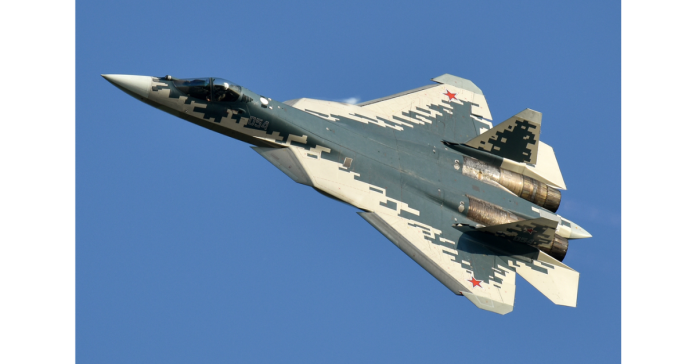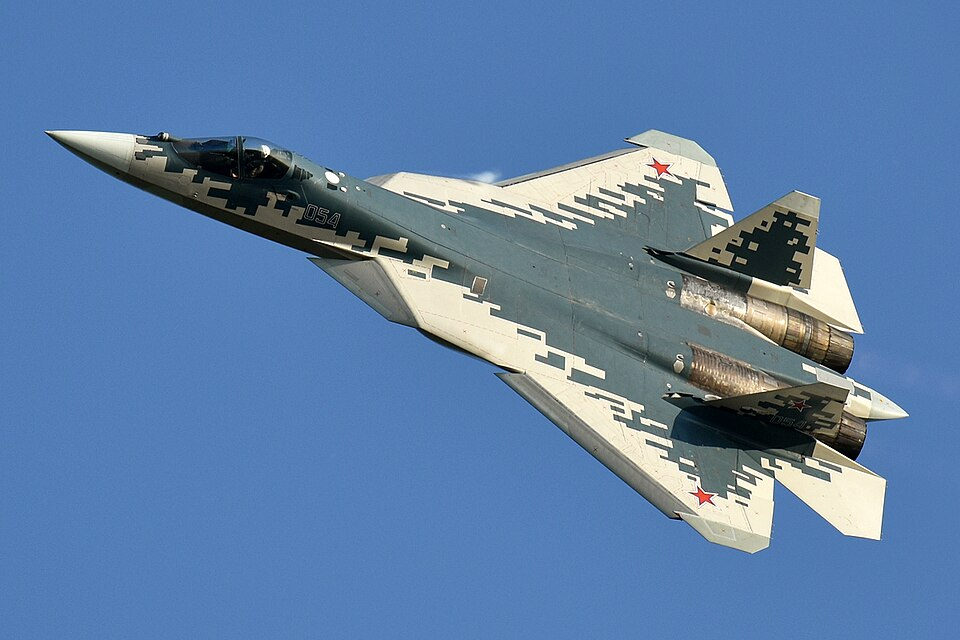
Of what use is a stealth fighter that shows up too late, in too few numbers, and with too many compromises? The Sukhoi Su-57 “Felon” was intended to be the crowning jewel in Russia’s fifth-generation airpower, the rival to America’s F-22 and F-35, and China’s J-20. Instead, it has become a case study in how cost-cutting, industrial limits, and geopolitical headwinds can blunt even the most ambitious defense programs.

Spawned from the PAK FA program and adapted from the Su-27 airframe, the Su-57 had promised to deliver stealth, supercruise, and sensor fusion at a price Russia could afford. Two decades later, it’s flying-but in boutique numbers, with unfinished systems and an urgent need for foreign buyers to keep production alive. A recent marketing push to India and Algeria that has included rare disclosures of the jet’s internal weapons bays underscores both the potential and the predicament of the Felon.
Here are the most revealing facets of the Su-57 story-from its evolutionary design choices to geopolitical sales pitches-and what they say about Russia’s airpower ambitions and the global fighter market.
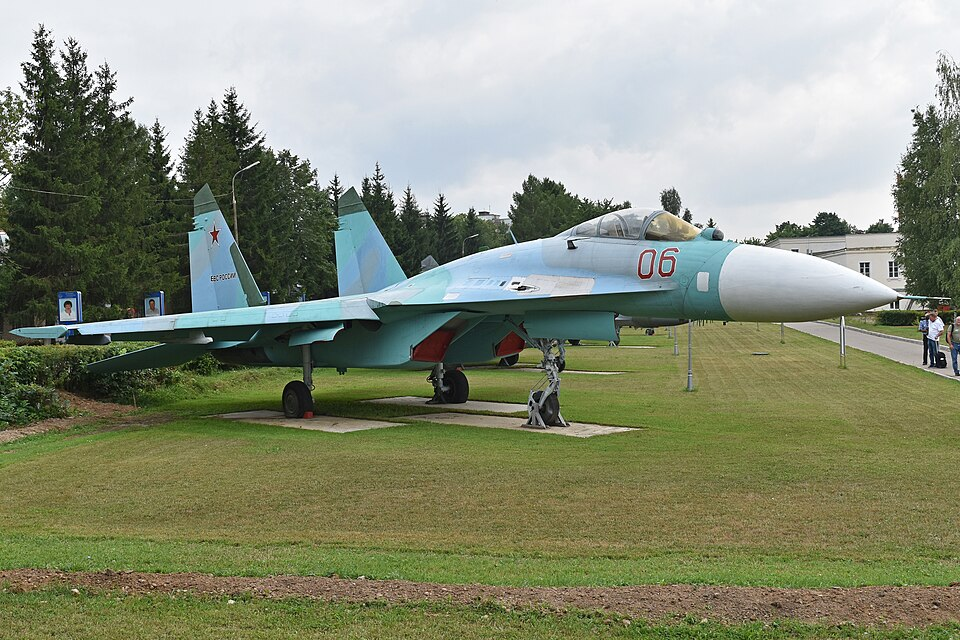
1. From Su-27 Roots to Fifth-Gen Ambitions
Instead of engineering a clean-sheet stealth fighter, Russia opted to evolve the Su-27’s proven frame into the Su-57: “It’s cheaper and easier. they have to make their own, and to not look like they are way behind they have to be cheap and easy.” Sukhoi’s proposal used existing production lines, adapting wings and tails, and filling in the gap between engine nacelles for internal weapons bays, former USAF U-2 technician Damien Leimbach explained to The Aviation Geek Club.
This approach accelerated development and cut costs but also baked in structural limitations. Major components designed in the 1970s were never optimized for stealth-a factor that means the Su-57’s radar cross-section will never match that of the F-22 or F-35. The trade-off was clear: faster fielding and lower expense at the cost of ultimate low observability.
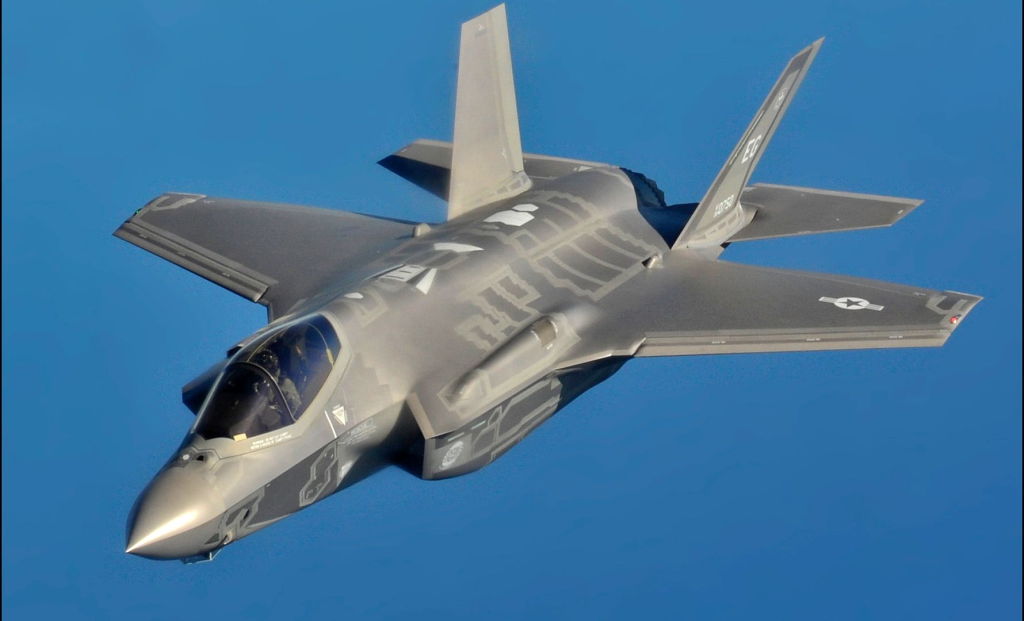
2. Stealth But Only to a Point
The Su-57’s radar cross-section has variously been estimated as between 0.1 and 1 square meter-up to one thousand times larger than that of an F-35. Other design choices limiting its signature reduction include rounded engine nacelles, visible panel seams, and reliance upon older radar-absorbent materials. Inferior coatings were applied to early production models-a shortcoming only recently rectified.
While optimized for reduced detectability at its frontal aspect, outside this 60-degree arc the design is far less stealthy. In other words, the survivability of a Felon in contested airspace depends enormously on tactics, stand-off weapons, and electronic warfare support rather than on stealth in itself.
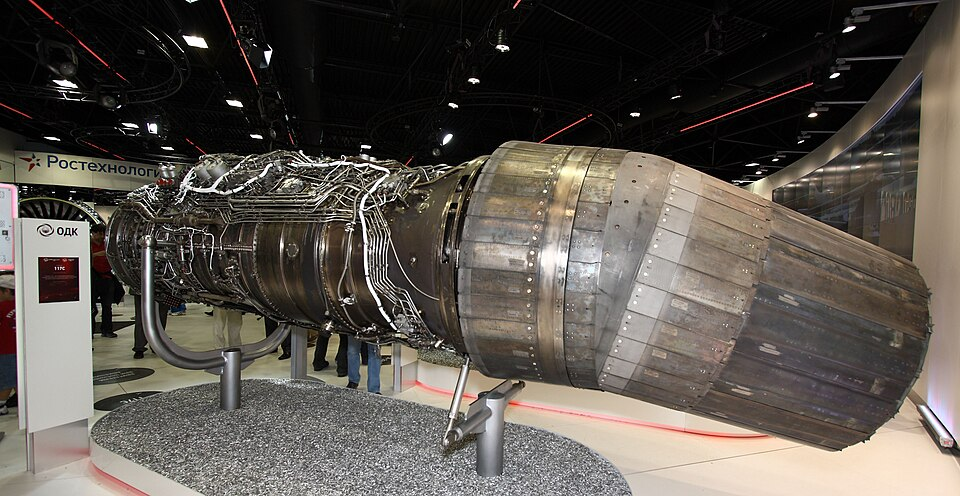
3. Engine Delays and Performance Gaps
The Izdeliye 30 powerplant, when finally integrated later in the decade, will provide greater thrust, fuel efficiency, and infrared signature reduction. Until then, however, operational Su-57s continue to mount the AL-41F1, a derivative of those used in the Su-35. With the new engine, supercruise in the Felon is limited, and its thrust-to-weight ratio remains behind Western peers.
This bottleneck extends into production confidence – suppliers and operators remain uncertain until and unless the engine baseline has been settled, which slows the transition to full-rate manufacturing.

4. Boutique fleet, strategic limits
The Russians are operating only a few dozen Su-57s by 2025 – nowhere close to the stated ambition of 76 by 2028. Largely because of sanctions, fragile supply chains, and budget pressures, output has remained very low. Starving the program early, as Harry J. Kazianis of the National Security Journal noted, sacrificed the production learning, supplier depth, and sustainment base that makes fifth-gen fleets powerful.
Its small fleet flies cautiously in Ukraine, launching stand-off strikes from Russian airspace because the country cannot absorb combat losses. A damaged Su-57 on the ground in 2024 underlined the vulnerability of such a scarce asset.
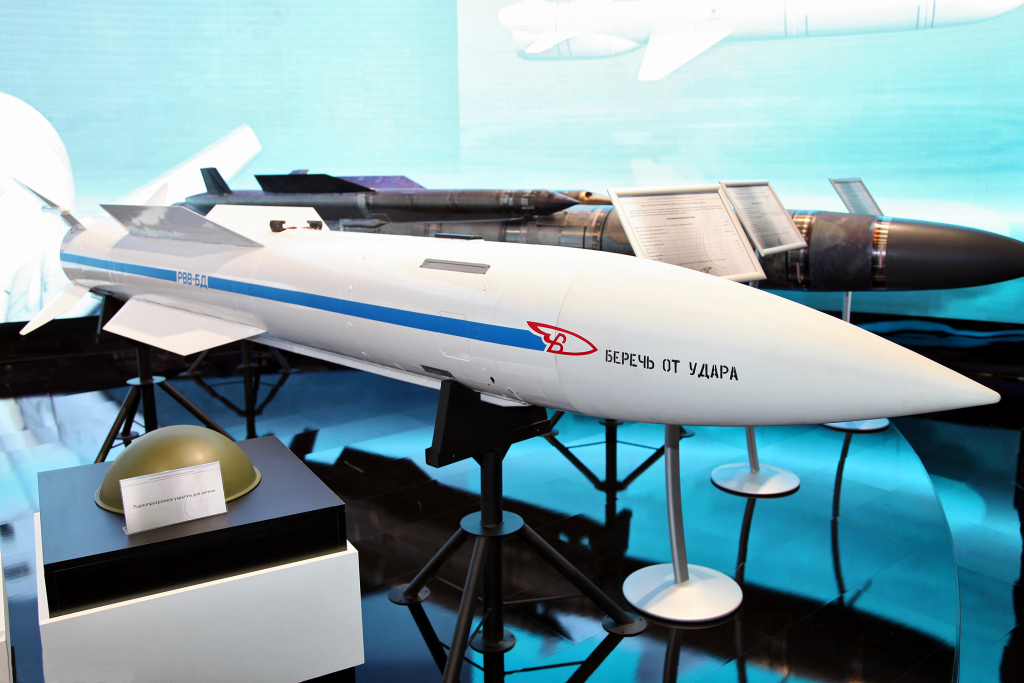
5. Weapons Bay Reveal: Marketing Meets Capability
In October 2025, several pro-Kremlin channels published rare photos that showcased internal weapons bays of the Su-57: the two main stations between the engines and side bays near the wing roots. These could carry air-to-air missiles such as R-74, long-range R-37M, or strike munitions such as Kh-69 cruise missiles. Coinciding also with export pushes to India and Algeria, this timing suggested a public relations effort to signal maturity. Internal bays preserve stealth by avoiding external pylons, although the Felon can carry additional stores externally when signature is less critical.

6. India’s Strategic Reconsideration
India had pulled out of the joint FGFA program in 2018 over issues related to stealth, supercruise, and technology transfer. Yet after Operation Sindoor exposed long-range strike capability gaps, New Delhi is negotiating for two squadrons of flyaway Su-57s and local assembly of as many as five more. The attraction lies less in stealth than in payload and range. The Su-57 will be able to carry the R-37M with 300+ km reach and the Kh-47M2 Kinzhal hypersonic missile, offering deep-strike options beyond the Rafale’s capacity. Production at HAL Nashik could provide similar local industrial benefits as the Su-30MKI program.
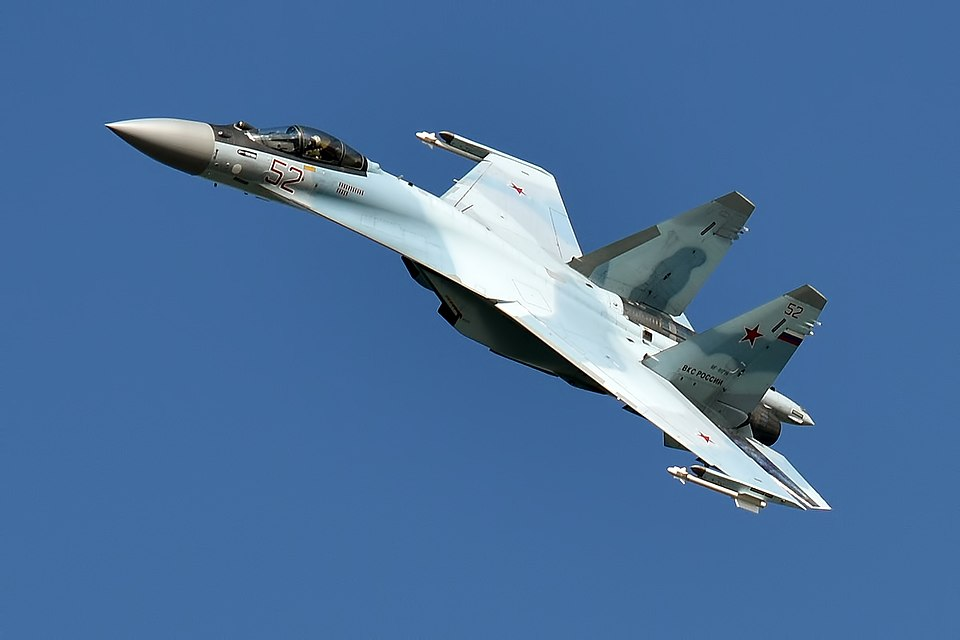
7. Algeria bids for a regional edge
This makes Algeria the first confirmed export customer; it ordered 14 Su-57s along with Su-35s. Deliveries have already begun, following its $25 billion defense budget and ambition to outpace Morocco’s airpower. The acquisition might change the balance of North Africa, especially if Morocco proceeds with an F-35 acquisition. The Algerian deal is both a financial lifeline and geopolitical lever for Moscow, placing Russian fifth-gen fighters near NATO’s southern flank and reinforcing a decades-old arms partnership.

The Su-57 Felon embodies both the promise and peril of adapting legacy designs to meet next-generation demands under fiscal and industrial constraints. Its blend of agility, range, and heavy payload makes it attractive to certain buyers, even as its stealth and production scale fall short of Western benchmarks. For Russia, the challenge is no longer proving the concept – it is delivering in numbers, on time, and with the systems maturity that turns a boutique fleet into a true strategic asset.
